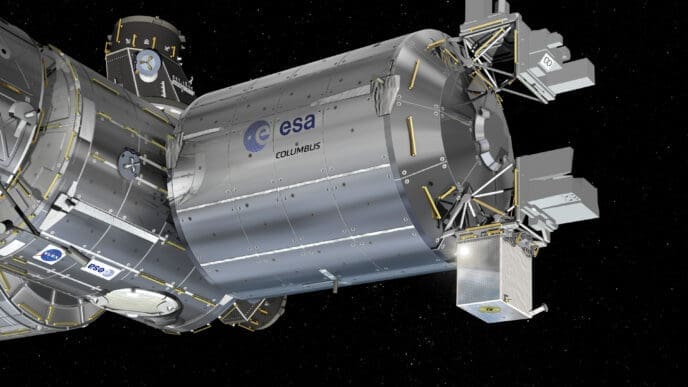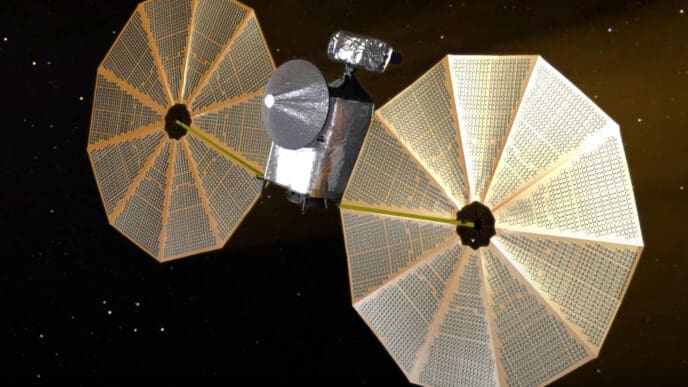NASA is embarking on an ambitious mission with the newly conceptualized Endurance rover, aimed at exploring the vast and enigmatic South Pole–Aitken (SPA) basin on the Moon. This groundbreaking project seeks to gather valuable geological samples, pushing the boundaries of current lunar exploration technologies.
In collaboration with various scientific bodies, NASA has begun laying the groundwork for the Endurance rover, which is set to embark on an unprecedented journey across the SPA basin. This region is of significant interest due to its size and the potential geological insights it offers. The mission aligns with the National Academies of Sciences, Engineering, and Medicine’s report, prioritizing lunar exploration within the planetary science agenda for the next decade.
Endurance aims to collect samples from a dozen key sites scattered over the SPA basin, a daunting task given its 1,200-mile stretch. Unlike previous lunar missions, this rover will operate autonomously, traveling and conducting operations faster and over greater distances. According to James Keane, a research scientist at the Jet Propulsion Laboratory (JPL), ‘Endurance would drive roughly 100 times further, drive far faster, and collect roughly 200 times more sample mass than Perseverance.’
The rover’s mission will necessitate high levels of autonomy, as it will face challenges such as navigating in the dark and dealing with extreme temperature variations. The integration of autonomous systems, previously proven successful on Mars rovers like Perseverance, plays a crucial role in Endurance’s operations. These capabilities allow the rover to conduct extensive scientific work, even under the challenging conditions of the lunar environment.
Another significant aspect of the Endurance mission is its approach to sample collection. By utilizing both robotic and human-operated methods, NASA plans to enhance the quality and quantity of lunar samples returned to Earth. Endurance-R will transport samples to an Earth Return Vehicle, while Endurance-A will collaborate with Artemis astronauts to handle and triage the collected materials.
The mission’s complexity and the SPA basin’s vastness raise concerns about the budget and resources required. Specialist Clive Neal pointed out that a mission of this scale could potentially consume the entire Lunar Discovery and Exploration Program budget, calling for a dedicated funding allocation to ensure its success. Despite these financial hurdles, the scientific returns promised by the Endurance mission are enormous, offering insights into lunar history and the broader solar system.
NASA is also forming the South Pole-Aitken Basin Sample Return and Exploration (SPARX) Science Definition Team to define the scientific goals further. Their findings will guide the mission’s focus areas and methodologies, ensuring that the samples collected are both diverse and valuable for future research.
NASA’s Endurance rover marks a significant leap forward in lunar exploration, aiming to unlock the mysteries of the Moon’s largest basin. Despite the logistical and financial challenges, its potential to advance our understanding of the Moon makes it a mission of utmost importance.
Source: Space












